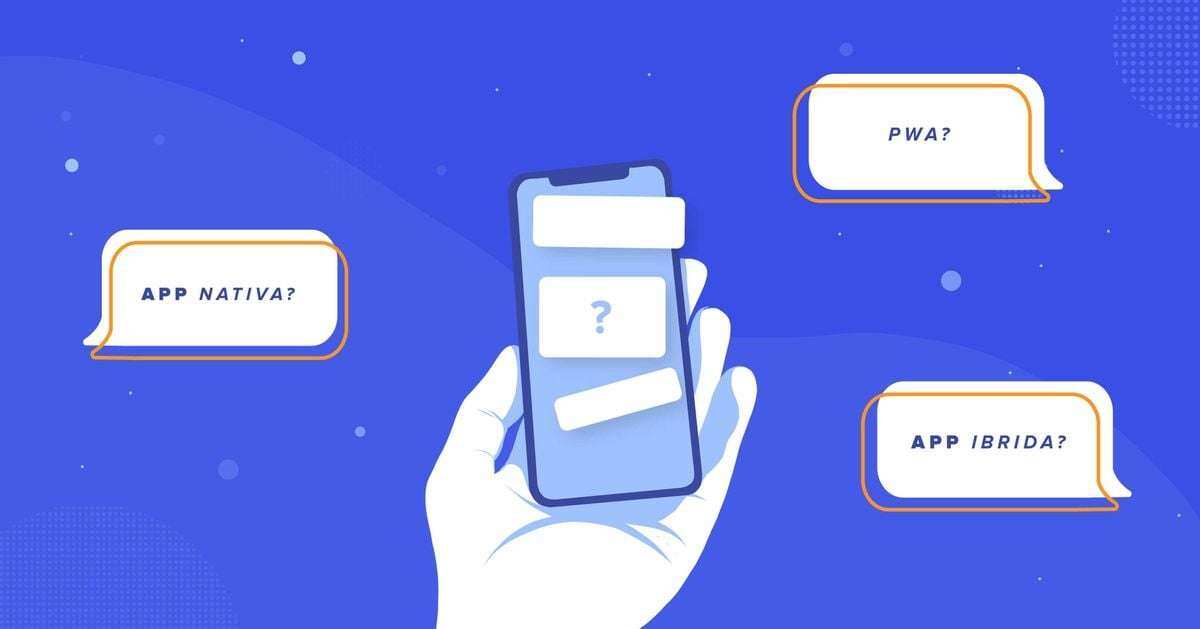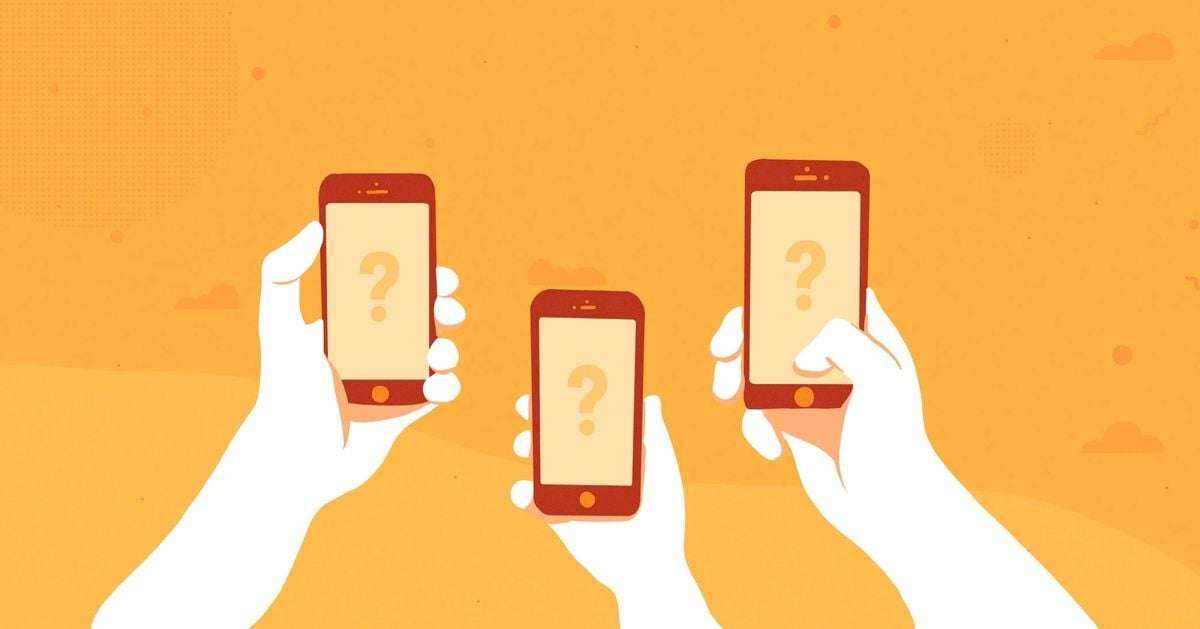
What Are the Different Types of Mobile Apps? Breaking Down Industries and Functionalities
The 6 Main Types of Mobile Apps
At this point, apps are an integral part of our daily lives. The marketplace is crowded with all types of mobile apps. Today, even businesses who never would’ve needed apps in the past are getting into the game.
Why?
While some are doing their best to stay ahead of the tech curve, many are simply meeting customer demand for an app that makes their lives easier.
As such, there is a wide variety of apps that fit into an increasingly vast array of categories. How many categories, you ask?
As of the publication date of this article, there are 32 categories in Google Play and 24 in the App Store, but I think they’ve gone a little overboard.
To my count, there are 6 defining categories that you need to understand before you begin developing your app. Determining where your mobile app idea fits is an important step toward making your idea into a reality.
Read on, and I’ll outline the 6 major types of mobile apps to help you determine in which category your mobile app belongs.
Plus—as establishing a base of regular users is vital to an app’s successful monetization—I’ll be sharing advice about the goals of each app to improve the user experience and retain your users.
Let’s get started!
The 6 Main Types of Mobile Apps
1. Lifestyle Mobile Apps
Lifestyle apps have come on strong in recent years. A lifestyle app is one that accelerates or supports the individual facets that define your lifestyle. By this I mean those types of mobile apps related to:
- Fitness
- Dating
- Food
- Music
- Travel
The beauty of these apps is that once they’re a part of a user’s lifestyle repertoire, they’re likely there for good. These are the apps that people turn to on a daily basis to help them find the next new song, restaurant, or destination. They’re the apps that help them find themselves, what they like and dislike, and where they’re heading next.
At the risk of getting a little too deep, I’ll stop there. If you’re developing a lifestyle app, you’ll need to do something to wow your user. Something that your competitors don’t do. Something your users just can’t live without.
Some examples of Lifestyle apps are:
- Spotify
- Tripadvisor
- Uber
2. Social Media Mobile Apps
Social media apps are some of the most popular types of mobile apps available. We build our social networks, and most of us check in with them every day. Facebook alone reports over 1 billion active daily users.
Naturally, we want to have the ease of access a mobile app provides. Social media apps have to be fun, fast, and continually integrating the expanding features of the social networks they support.
Today’s society shares more about their day-to-day lives than ever before. For that reason, even apps that don’t necessarily fall under the social media category may want to include social sharing functionality.
For an example, let's look at the popular running and cycling app, Strava. It not only tracks your activities but allows you to compare your stats with other people in your network (and even strangers). You can essentially form an online running partnership or even an entire team without ever meeting face to face.
Many other apps allow you to share a product, high score, or news item with your social network. They make it easy for their users to share something they feel passionate about without having to leave the app.
Consider adding social sharing features to your app if you will be providing a service or selling a product that your users can share with their networks. This functionality will keep your users coming back to share again and again while comparing with their networks.
Some common social media apps are:
- Snapchat
3. Utility Mobile Apps
Utilities are the types of mobile apps that we may use most often without thinking about them as apps. Many of them come pre-installed on your device and serve a single function.
Some examples of common types of mobile apps in the utility category are:
- Reminders
- Calculator
- Flashlight
- Weather
These are the types of mobile apps that we tend to use more often, but for shorter periods of time. You’ll normally only open your calculator in order to solve an equation (like calculating a tip at a restaurant) and then put it away.
Do your best to increase the frequency of your utility app in order to successfully monetize it. Short visits aren’t as profitable, but many of them can add up to a significant revenue stream.
4. Games/Entertainment Mobile Apps
The gaming and entertainment category are huge, and as such, very competitive. Games are one of the more obvious mobile app categories and need little explanation. These types of apps are popular among developers because they bring users back multiple times each week, sometimes multiple times per day.
In the most successful games, both the frequency and length of play is high. Work to make your game as “addictive” as possible by offering incentives to users who come back every day or a certain number of days in a row.
Some examples of game apps are:
- Angry Birds
- Clash of Clans
- Subway Surfer
5. Productivity Mobile Apps
While productivity may sound like one of the more boring types of mobile apps, it’s an incredibly popular category. These types of apps help their users accomplish a task quickly and efficiently, making what are sometimes mundane tasks easier and, dare I say, fun?
Examples of productivity apps are, well, many of the products from both Google and Apple, like:
- Docs
- Sheets
- Wallet/Pay
Plus apps like:
- Evernote
- Wunderlist
These types of apps are indispensable when they’re done right. That means helping your user accomplish a task more easily, quickly, and efficiently than your competitors. Convenient features that allow them to get from point A to point done are what set this type of mobile apps apart, so get creative and come up with a way to do things that nobody else is doing.
6. News/Information Outlets Mobile Apps
News and information apps are pretty straightforward. They supply their users with the news and information they’re looking for in an easy to understand layout that efficiently navigates them to the things they care about most.
Examples of different types of popular news apps are:
- Buzzfeed
- Smartnews
- Google News & Weather
- Feedly
- Yahoo News Digest
- Linkedin Pulse
These are the biggest names in news, and they all deliver something different. If you’re developing a news app, you’ll need to find a unique way to communicate with your users, because, let’s face it, the news will all be the same...it’s news.
Your opportunity to shine is in the way you deliver it. Create something unique and tie it into the type of news you’ll be reporting on to give it that special something your users are looking for.
Google Play/App Store Search
You currently have two main options for publishing your app. Android apps live in Google Play, Apple apps live in the App Store. Both markets are massive, each with millions of searches and downloads each day.
That said, they’re crowded. That level of exposure is something every app developer under the sun is after. It’s up to you to make sure your app ends up in front of the right people, and publishing a native app to either of these markets is a good place to start.
Recommendations
Evey app creator needs to understand how to make an app spread like wildfire. I’ll go into that in the next section, but know now that recommendations from adoring fans are worth their weight in gold. Friends telling friends about your app is a very effective way to market.
Think about it. A recommendation doesn’t require someone to identify that they have a problem, search the market, weed through the competition, and download your app. Instead, their trusted adviser has told them about this new app they have to download.
They’ll search for your app by name and download it without hesitation.
There you have it!
Now you know all about the major categories of mobile apps on the market. Hopefully, this has helped you to determine the category your app fits under and a way to help your app stand out from the crowd..
You’re nearly ready to get started with the development process. If you have any questions or just want to run your idea past a panel of experts, we’re here to talk. We only want to work with you if both parties decide it’s a good fit, so feel free to reach out and see what comes of our brief, no-obligation consultation.

